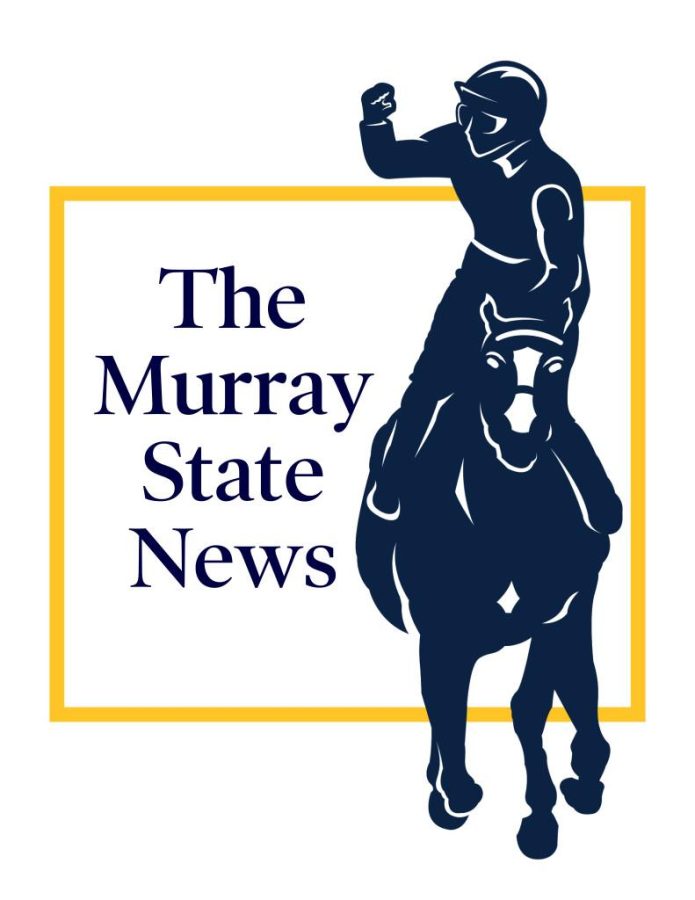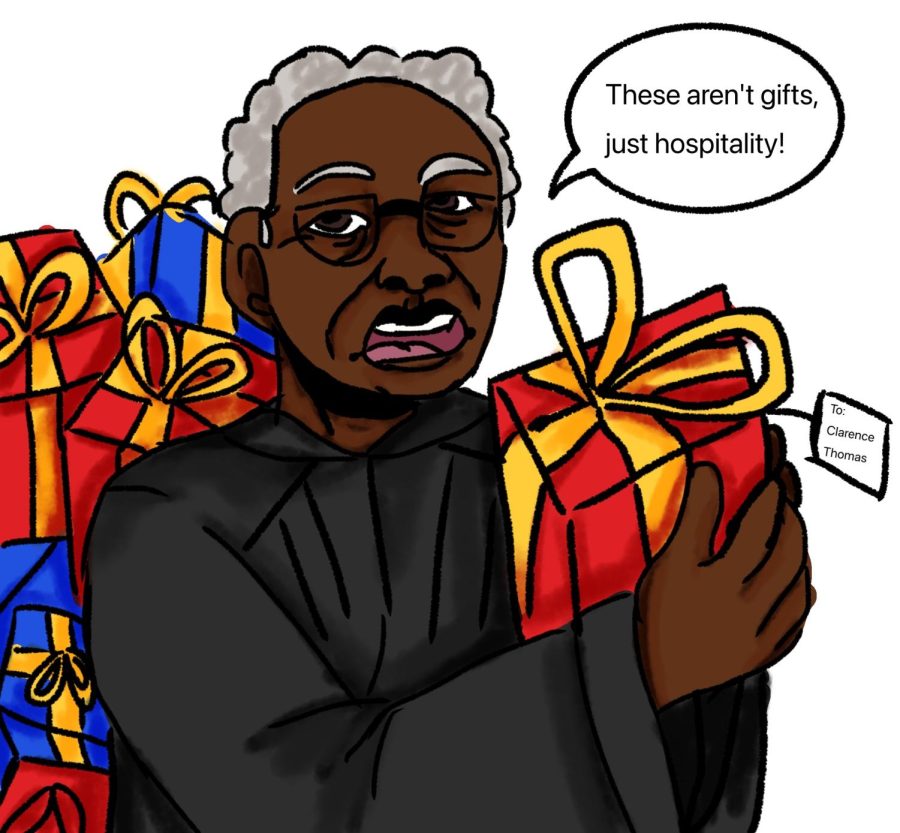The staff editorial is the majority opinion of The Murray State News Editorial Board.
When the OVC basketball tournament comes around, Belmont University will continue to be one of our biggest rivals and a school we playfully love to hate.
As for right now, however, we applaud the Belmont administration in their handling of a student who exhibited blatant and nearly violent racism at the private Christian university.
The former student, Justin Woodard, posted a picture on Snapchat of black NFL players with a caption that used the N-word and said the players needed “a bullet in their head.”
In the image, Philadelphia Eagles players held up their fists as a statement against racial inequality and police brutality, following the lead of other NFL players who have knelt for the same reason. Woodard, a freshman, captioned that if the players didn’t like the country, they should leave.
Because social media apps are like fly traps for offensive posts like Woodard’s, the picture quickly went viral. After Belmont tweeted a statement that rejected the student’s racist comments, labeling them as hate speech rather than free speech, the student was removed from the university.
In a time when racism still runs rampant in big cities, small towns and college campuses alike – and when college students are often reprimanded for being too sensitive about language – we think Belmont’s choice to remove the student was precisely the right move.
But was it the right move legally? Would the situation pan out differently at a public university like Murray State?
Some might resist Woodard’s expulsion, stating his right to free speech overrides his cruel attitude. As a private Christian university, Belmont measures each student against a specific code of conduct. The university’s mission statement says the school fosters “an atmosphere of respect for the civil expression of divergent perspectives,” and the code of conduct condones a pledge to critical thinking and self control.
President Davies has stated that Murray State is a “marketplace of ideas” that must also facilitate safety for all students. When asked about how Murray State would hypothetically deal with the issue, Davies said that, although much depends on context and details we don’t have, he would “definitely take swift action.”
Davies, who said the picture’s racist comments made his stomach churn, said “we cannot condone issues of hate, racism and bigotry.”
Ideally, then, our status as a public institution wouldn’t matter – if Woodard were a Racer and his Snapchat post reached administration, he wouldn’t be welcome through the gates again.
In light of recent hate speech on campus – yes, Traditionalist Workers Party, we’re very directly looking at you – the president’s statements could read as contradictory. Weren’t they, too, just as bigoted and hateful as Woodard?
The difference, thankfully, between Woodard and the TWP is that the TWP did not make explicit threats. Woodard’s suggestion of putting a bullet in the brain of the NFL players was crossing a line and read as violent and threatening. If not removed, who’s to say that Woodard wouldn’t have carried out his own suggestion on the campus?
While the lines around speech and action are often blurred for university officials, it was crystal clear in the case of Belmont: Justin Woodard needed to go.
Hopefully, we will not have to deal with bad eggs like Woodard on our campus, but we must stay cautious and be prepared to defend whatever actions we take. Davies said the administration is working on assembling a committee that would formulate policy on how to address issues of racism, hate and bigotry, given recent issues.
While it’s good to know our leaders are taking preemptive action to deal with these issues, it’s a shame that such a committee has to exist.
We can’t eliminate every mean-spirited student with retrogressive views on human rights, but if a student blatantly threatens with violent actions, the removal of that student would once again reiterate that there is no room for hate at our university.





























































































